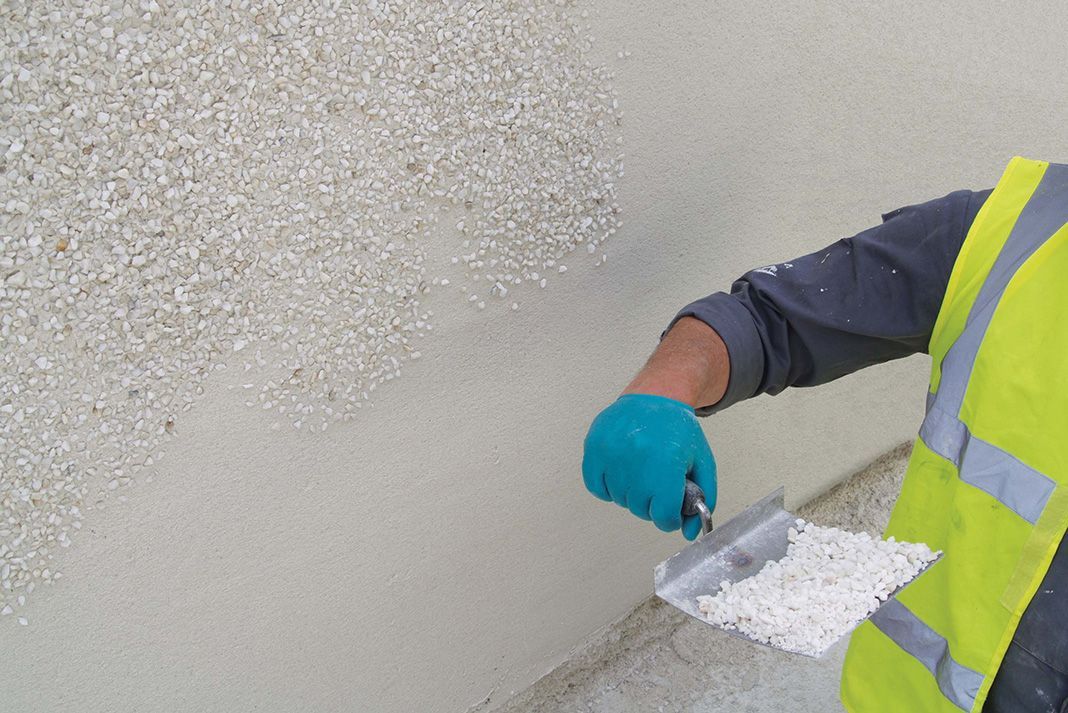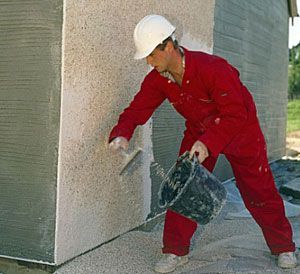Why Dry Dashing
Dry dashing, also known as roughcasting, is a popular external finishing technique used on buildings. Here are five reasons why dry dashing is considered a good option for exterior finishes:
1. Low maintenance: Dry dashing is a low-maintenance finish as it does not require any painting or other regular any painting or other regular upkeep. The rough texture of the finish also means that it hides dirt and stains well, reducing the need for cleaning.
2. Aesthetically Pleasing: Dry dashing can give a building and attractive and distinctive appearance and distinctive appearance, especially when different coloured aggregates are used. The finish can also be adapted to suit different architectural styles, making it versatile option.
3. Resistant to cracking: The use of reinforced mesh within the dry dashing mix makes the finish less susceptible to cracking than other finishes.
4. Improved insulation: Dry dashing can improve the insulation properties of a building by creating an extra layer of protection against the elements. The finish can also help to reduce heat loss from the building, resulting in lower energy bills.
Why you should never dry dash onto flaky paint
1. Adhesion: the dry dash will not adhere properly to the painted surface, and it will start to come loose over time. This can result in an unsightly finish and may even lead to water penetration into the wall.
2. Moisture Trapping: The paint layer can act as a barrier to moisture, trapping it between the paint and the dry dash. This can cause the mortar to become damp and lead to efflorescence or other moisture-related issues.
3. Uneven Surface: The texture of the dry dash will highlight any unevenness in the paint surface. This can result in an uneven finish that is visually unappealing.
4. Durability: The dry dash is surface such as brick, block, or render. Applying it directly over paint will compromise the long-term durability of the finish.
To avoid these issues, it is important to remove any existing paint before dry dashing. This can be done by using a scraper or wire brush to remove loose or flaking paint, followed by pressure washing to remove any remaining paint and ensure a clean and even surface.
Dry Dashing Precautions
1. Uneven or unstable surfaces: Dry dashing involves applying a layer of decorative pebbles or stone onto the surface of a wall or building. However, this technique should not be used on uneven or unstable surfaces as it can lead to an uneven finish and potentially cause damage to the underlying structure.
2. Wet or damp surfaces: It is important to avoid dry dashing over wet or damp surfaces as this can cause the pebbles or stones to become dislodged and may compromise the structural integrity of the building. Make sure the surface is dry and free from any moisture before applying the dry dash.
3. Old render: Dry dashing is not recommended for use on old render that is cracked or damaged, as the pebbles or stones may not adhere properly or instability of the surface.
4. Poor quality render: It is important to use a good quality render before applying the dry dash. Poor quality render can lead to a weak base for the pebbles or stones, which may not stick properly and could eventually fall off.
5. Non-porous surfaces: Dry dashing should not be used on non-porous surfaces such as PVC or metal, as the pebbles or stones will not adhere properly and could eventually fall off. Make sure the surface is suitable for dry dashing before applying.
6. High wind or rain-prone areas: If the building is in an area that is prone to high winds or heavy rain, dry dashing nay not be a suitable option as the pebbles or stones could be dislodged and cause damage or injury.


